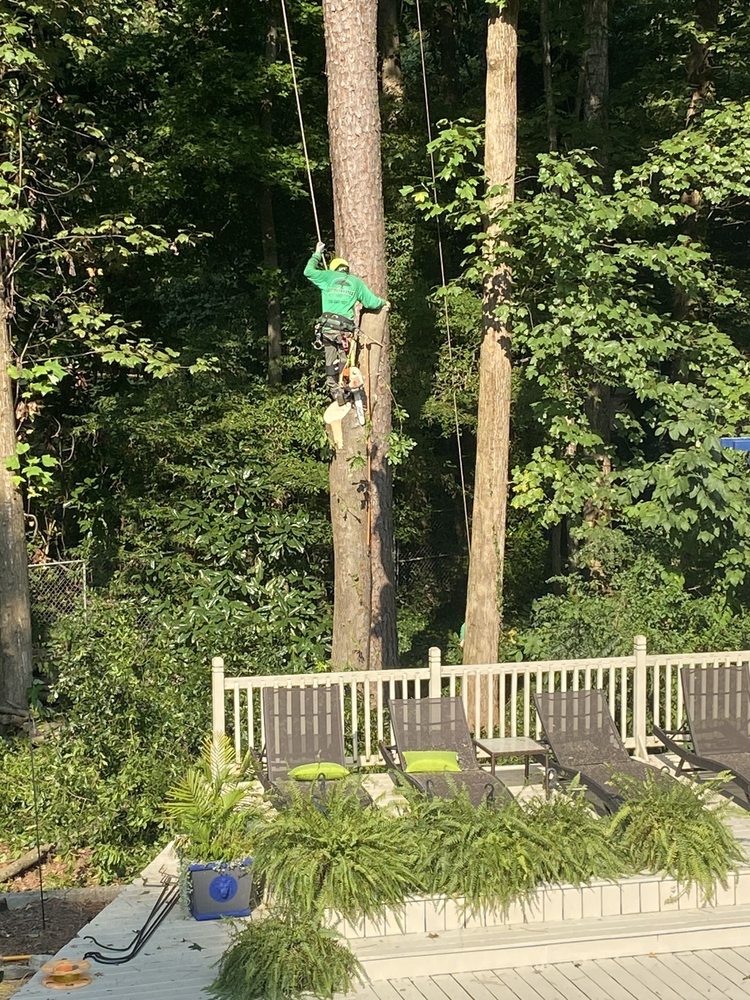24/7 Emergency Service
24/7 Emergency Service

Like all living organisms, trees also require sufficient macronutrients for healthy development. Without an adequate supply of macronutrients such as nitrogen, your plants and trees will experience a drop in their well-being. Nitrogen deficiency is one nutrient shortage that we run into a lot at Southern Star Tree Service. Our ISA-certified arborists are trained to diagnose and cure this dearth, but we know that many homeowners and property owners may not be as lucky. So, we put together this article to help you identify, understand, and prevent nitrogen deficiency. If you have any particular questions or concerns, or if you would like to hire an ISA-certified arborist, then call Southern Star Tree Service today.
What Does Nitrogen Provide for Trees?
Nitrogen is an essential nutrient that is necessary for the creation of chlorophyll, the green pigment in leaves that are crucial for photosynthesis. Nitrogen is also part of the amino acids used to form proteins. Proteins are used in every process that stimulates growth and development.
Recognizing Nitrogen Deficiency in Your Trees
The strongest sign of nitrogen deficiency can be spotted in the leaves. Nitrogen deficiency leads to chlorophyll reduction. You will notice older leaves at the bottom of the plant or tree turn yellow. This discoloration will spread from the inside of the leaves to the outside and the leaf will eventually fall off. Stems will also likely turn purple or reddish. It is important to remember that these symptoms will happen outside of fall season. You might not want to panic as much if this happens during Autumn.
Causes of Nitrogen Deficiency
What are some causes of a drop in nitrogen in the soil? There are actually several reasons why your tree might experience nitrogen deficiency:
Prevention and Cure
We always recommend homeowners and property owners take preventative measures if they want to take control of their landscape.
Call the Professionals
We fully support homeowners looking to take control of their landscape, but if you prefer to have a certified professional take care of your tree’s nutrient deficiency, then call Southern Star Tree Service. We can arrange a flexible appointment that best fits your busy schedule. We are also happy to answer any questions or concerns you may have. Don’t hesitate. Call Southern Star Tree Service now.
17 May, 2024
Summer is usually hot, which can take a toll on your yard. While many trees maintain green canopies, some species shed their bark. If you notice this natural occurrence, consult a tree service expert to ...
Read More11 May, 2024
Tree pruning is an essential practice for maintaining health, aesthetics, and functionality. When done correctly, pruning can promote growth, improve structure, and prevent disease...
Read More